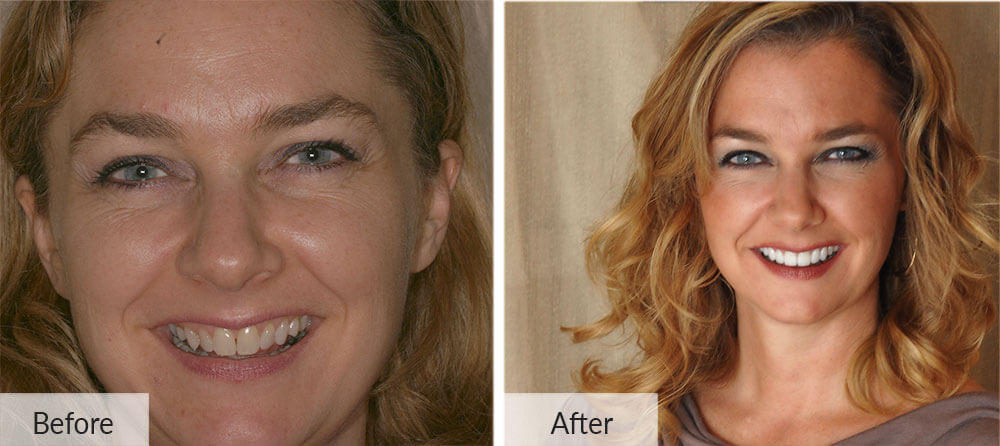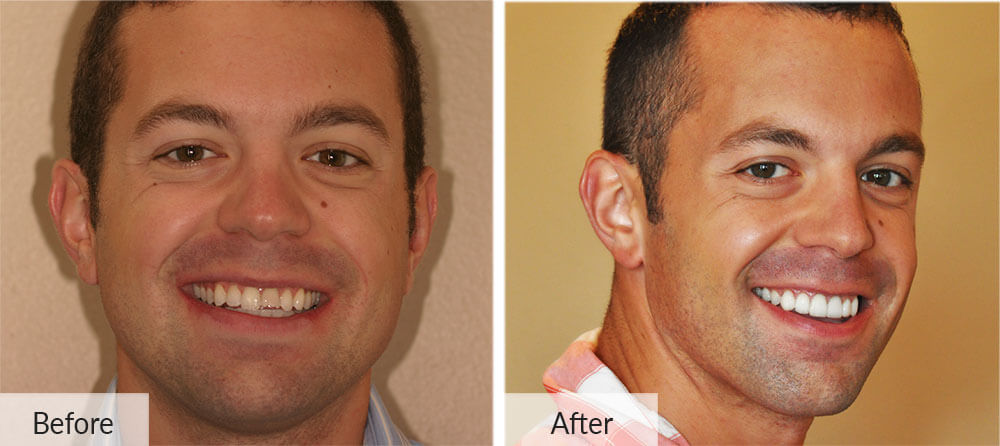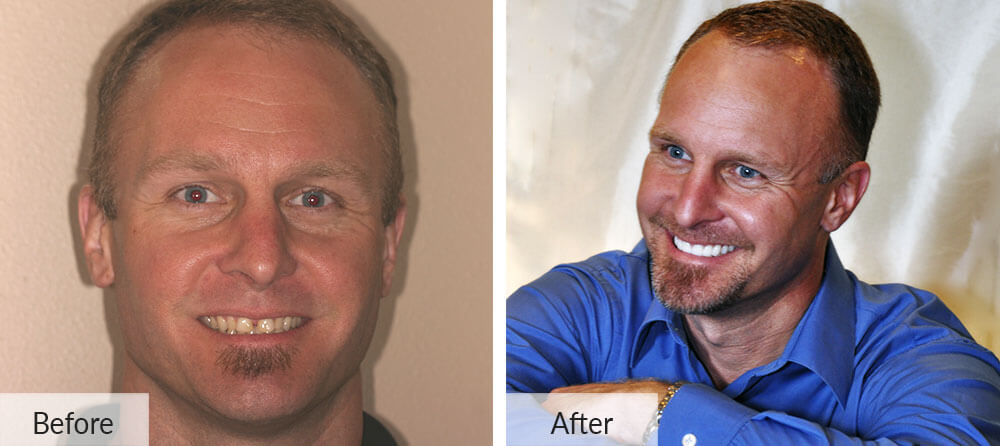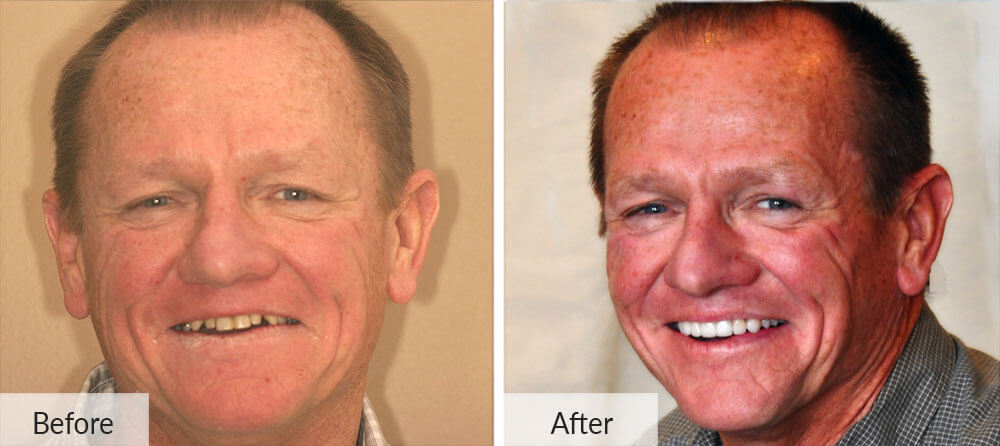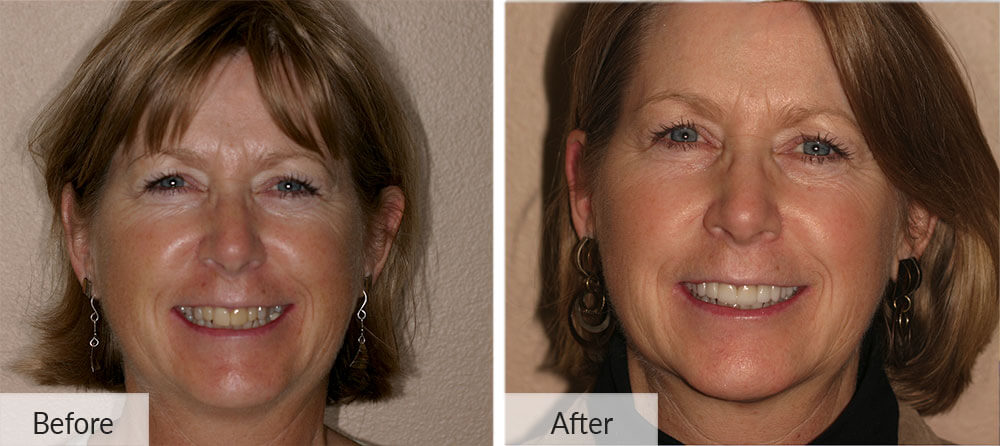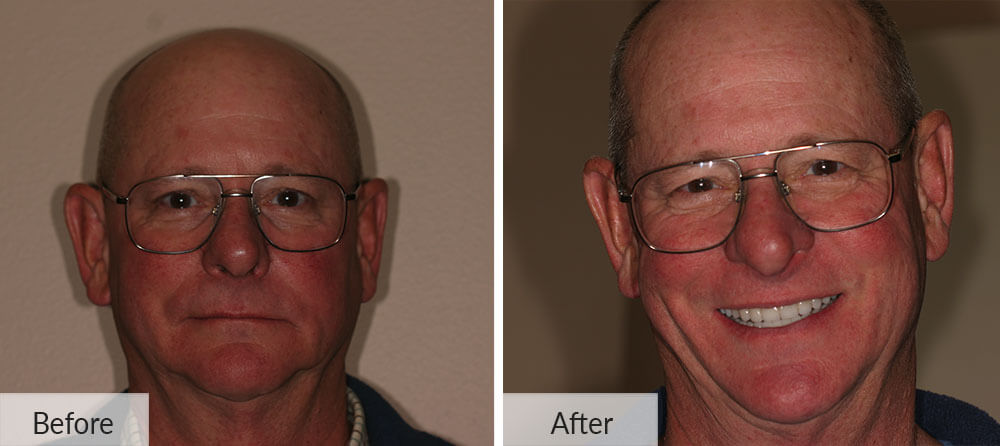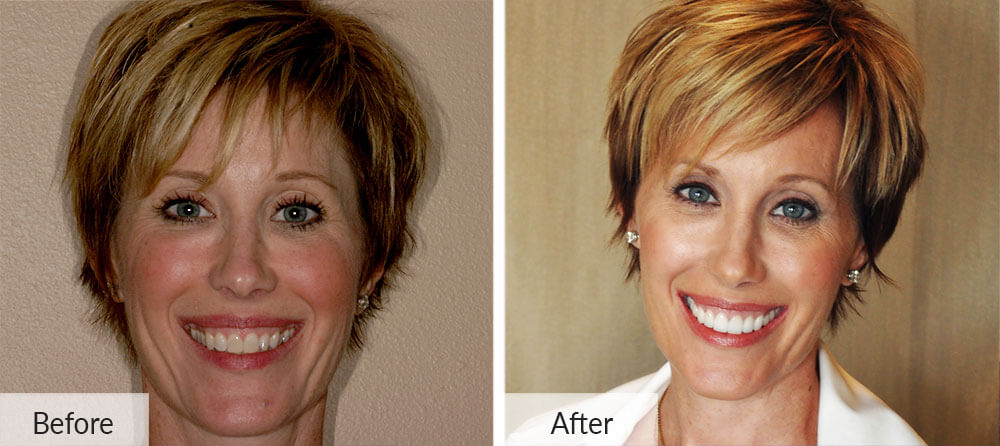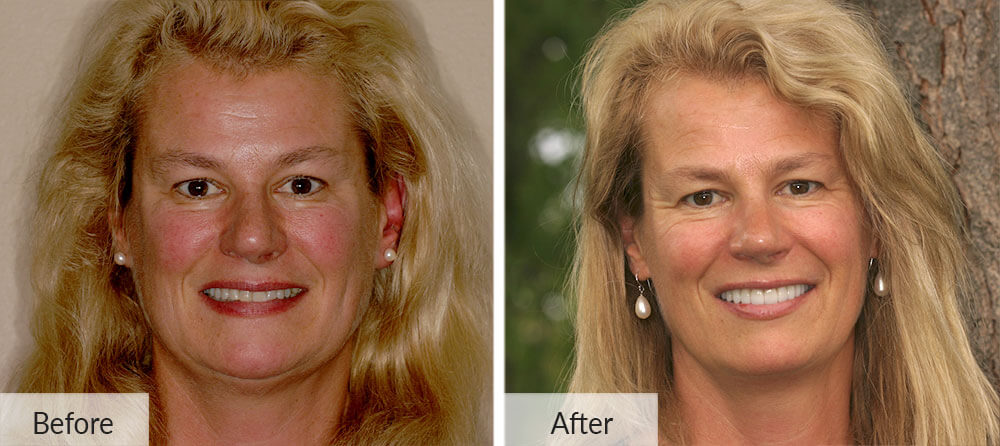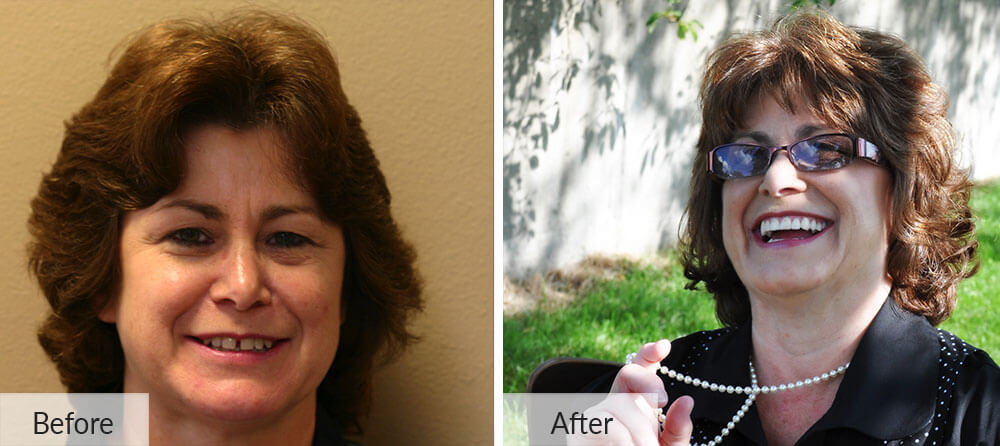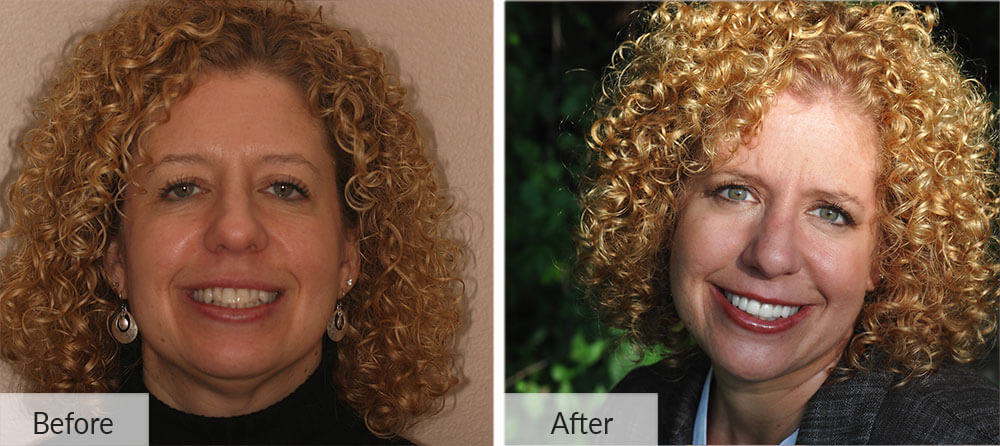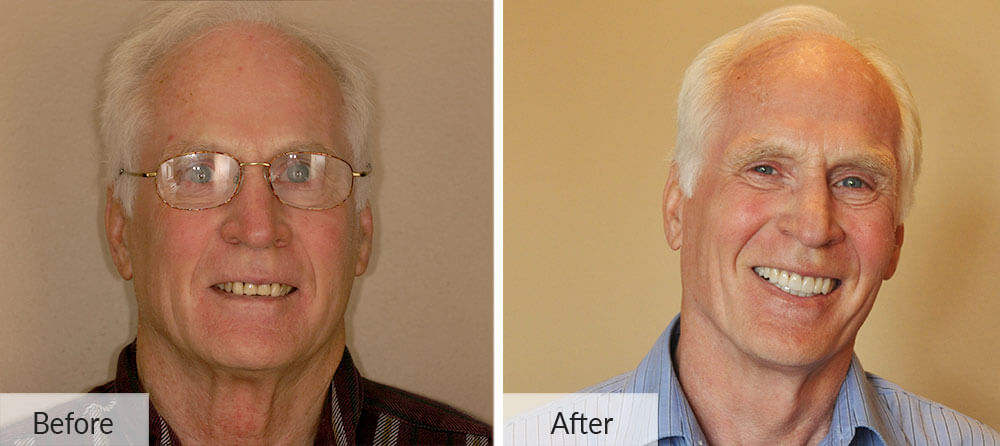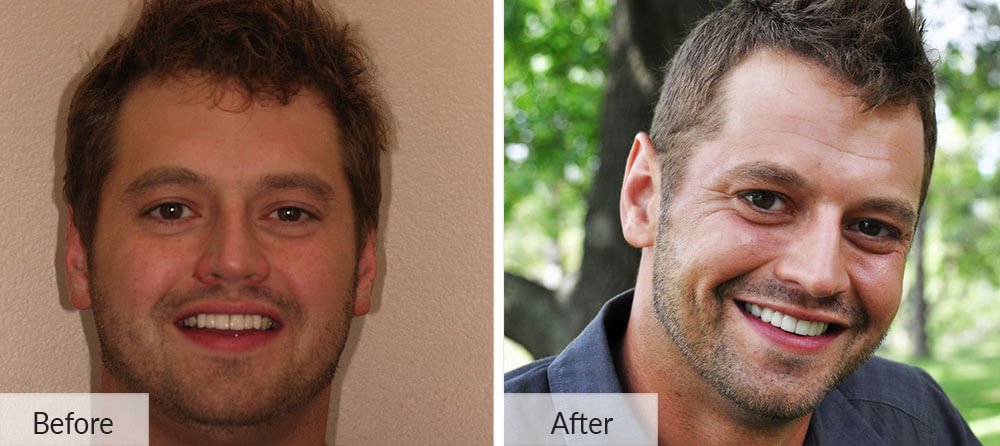Neuromuscular Ortho
Madison’s choice for family, cosmetic, and implant dentistry is Oak Park Dental. We’re now welcoming new patients.
NEW PATIENTS
(888) 567-6512

MEET NOW WITH DR. JANA GYURINA
Virtual Smile Video Consult
Upload a photo of yourself and share your concerns. Dr. Gyurina will review your case and send you a video addressing your concerns. Next, make an in-person appointment to take steps towards getting the smile of your dreams.
What is Neuromuscular Dentistry?
While traditional dentistry works primarily with the teeth, bones, and gums, neuromuscular dentistry works also with the hard tissues and the soft tissues, muscles, and nerves.
How Can Neuromuscular Ortho Help?
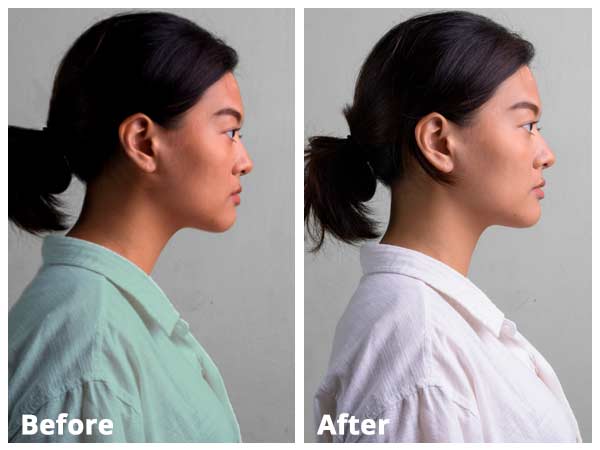
Dr. Gyurina understands that your hard and soft tissues have a complex relationship and works to make that relationship a balanced one. Neuromuscular dentists like Dr. Gyurina understand the necessity for including the power source (muscles) and the controls (nerves) that create the movement, pressures, and function of the mouth. When the jaw is misaligned, both the hard and soft tissues are affected, and many physiological problems can result, such as headaches, jaw pain, neck and shoulder pain, tinnitus or ringing in the ears, and clicking or popping sounds in the jaw joint. In a number of cases, these symptoms are the result of TMJ (temporomandibular joint syndrome), also referred to as TMD (temporomandibular joint disorder) or MPD (myofascial pain dysfunction).
Orthodontic treatments that restore this balance to the bone structure, muscles, and soft tissues will give relief and minimize or eliminate the discomfort caused by this imbalance. Treatment options include adjusting the bite, orthotics, orthodontics, or restoring the teeth to their correct positions.

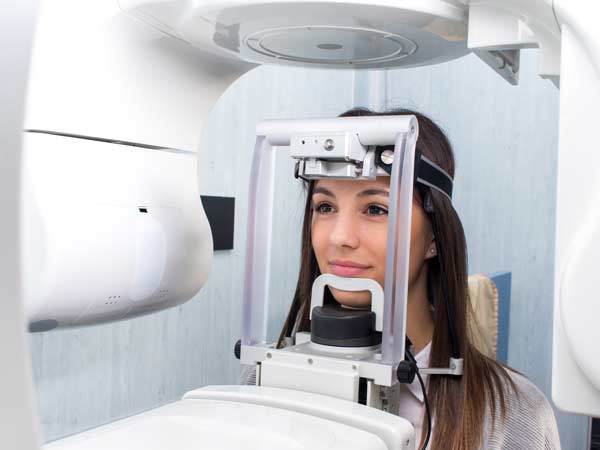
How Do You Diagnose and Treat Symptoms?

Dr. Gyurina uses state-of-the-art technology to determine if your symptoms are caused by malocclusion and if so, what your optimal jaw position is. Then computerized jaw tracking instruments record your jaw movement, resting position, and path of closure. Electromyography is then used to measure your jaw’s muscle function in both its stressed and relaxed positions, and will also measure the jaw-to-skull relationship to see if there is a structural imbalance. Sonography is used to record jaw joint sounds to detect any abnormalities. Additionally, x-rays of the jaw may be taken to help evaluate the condition and positioning of the joint.
Three Phases of Treatment
Once your Dr. Gyurina has diagnosed you with TMJ and starts treatment using neuromuscular dentistry, she’ll determine the best course of treatment for your specific needs.

Relieve Pain
Dr. Gyurina will devise a strategy to relieve your pain which may utilize several options based on your individual needs and her extensive experience treating TMJ and pain.

Stabilize Your Bite
Dr. Gyurina will create an orthotic that will be used to stabilize your bite. Once symptoms are relieved and the jaw is in the correct position, you’ll move onto long-term solutions.

Long Term Solutions
Several options from smoothing and shaping the teeth for a proper bite, partials or crowns, smile reconstruction, or orthodontic treatment may be used to provide a lasting pain-free life.






